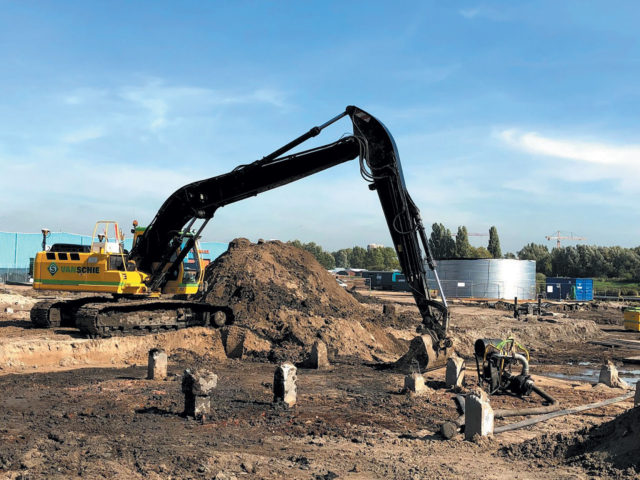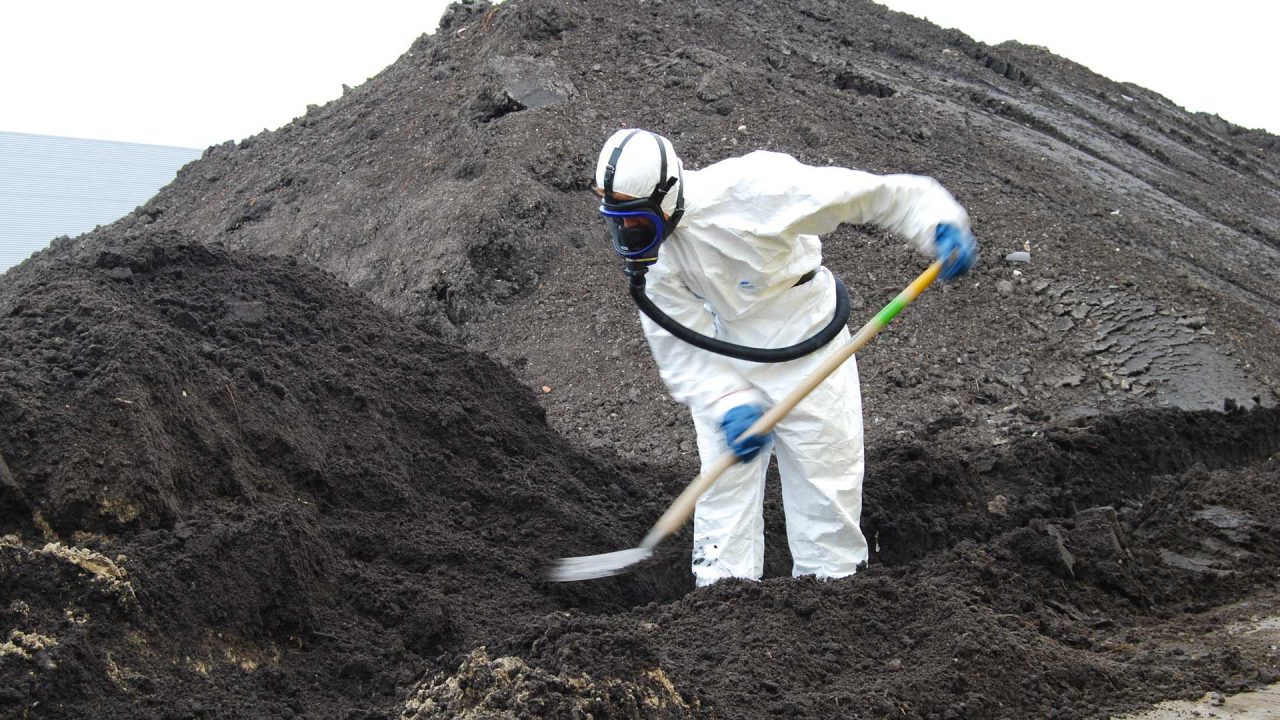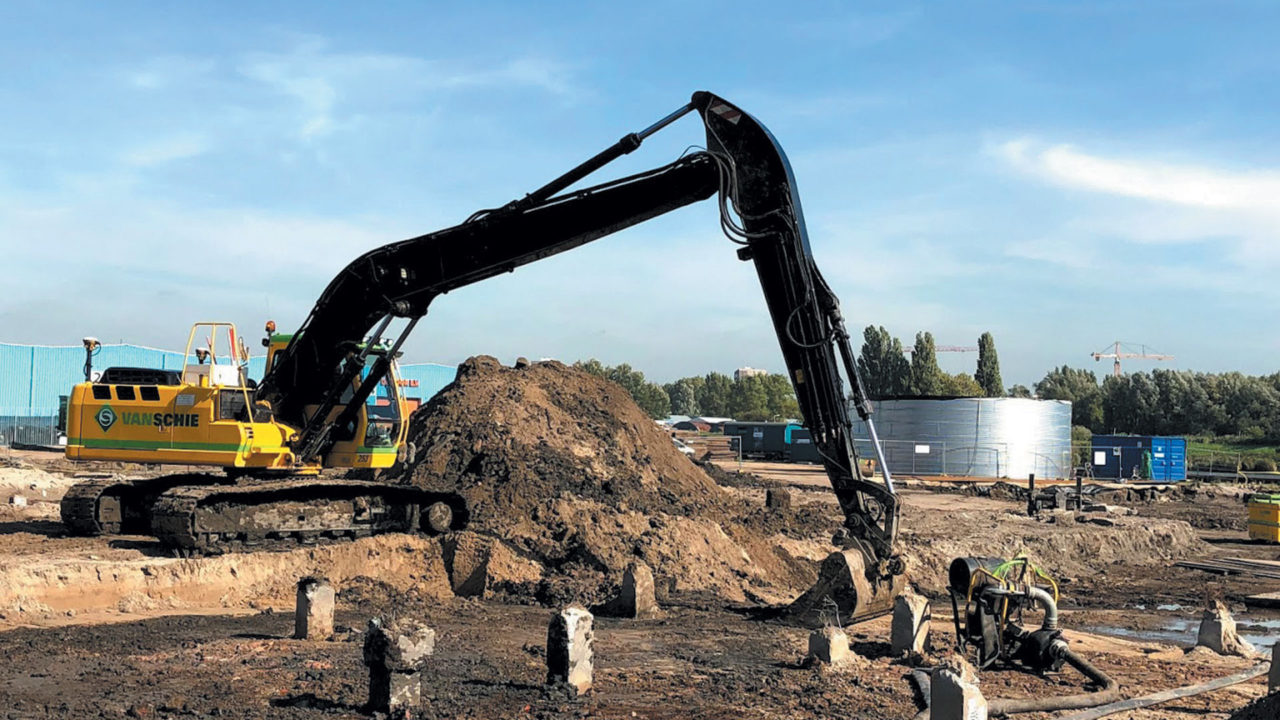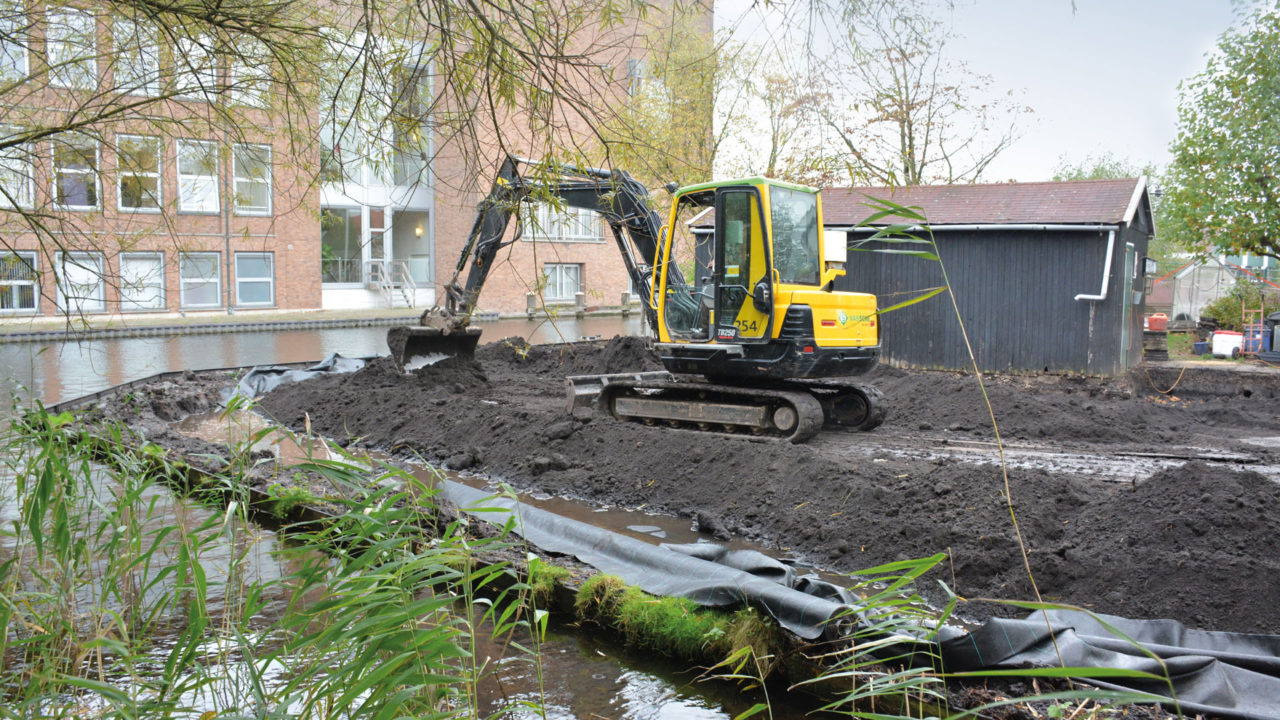PFAS is a collective name for a group of toxic substances currently found in soil: in soil, in dredged sludge and in surface water. Substances that have been introduced into the soil by humans and are difficult to degrade. One feature is that they are oil and water repellent. They were used in rainwear, paint, non-stick coatings and pizza boxes, among others. It was even in firefighting foam. By now, many PFAS substances have been banned.
PFAS now occurs – diffusely distributed – throughout the country, often in concentrations above the established detection limit. Many works involving earth moving and dredging are delayed as a result. THK now aims to eliminate that stagnation wherever possible. It also wants to prevent the risks to health, the environment and the spreading of this soil and dredged material.
Even though the THK is now applicable, the market needs time to translate “the theory” into practice. How do we give substance to the THK? Is land acceptance at risk? Perhaps soil that has not been assessed for PFAS should be reassessed? The environmental specialists at Van Schie are happy to think with you about the most appropriate solution for your situation.






